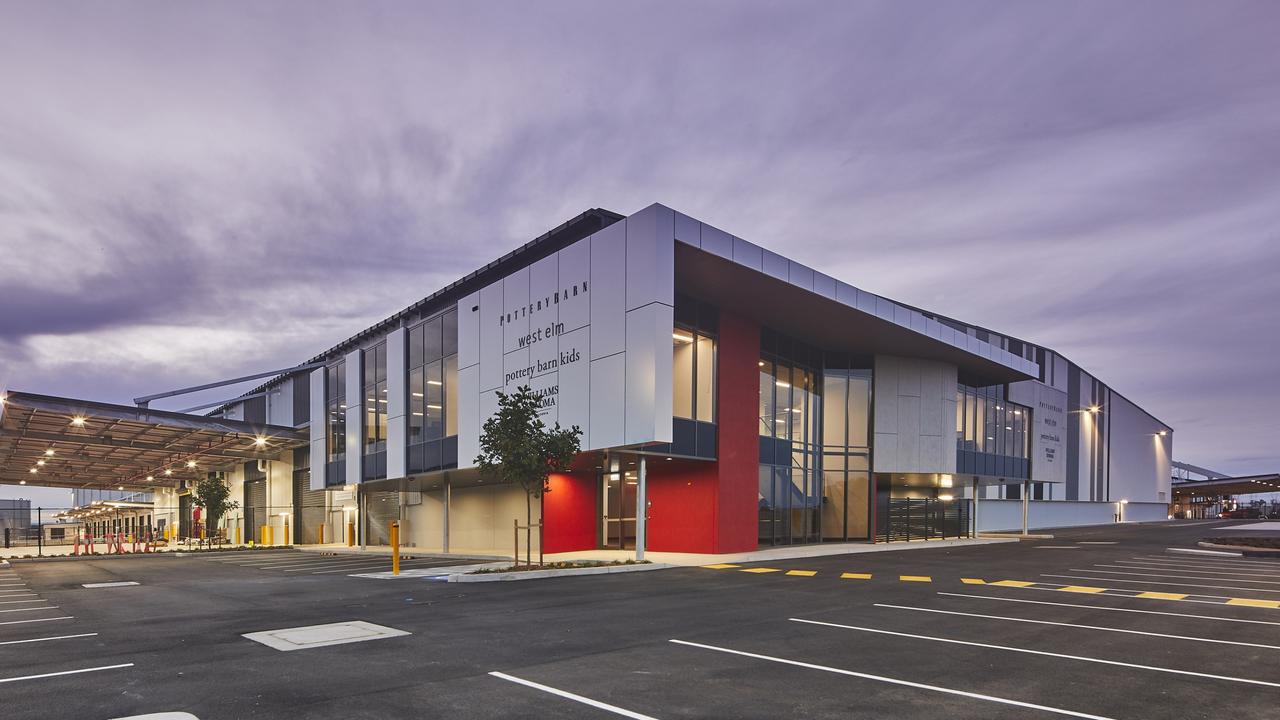Qantas reboot takes flight from pandemic as CEO Alan Joyce faces new set of challenges
A return to profit is a significant moment for the airline, but it brings a new set of challenges for chief Alan Joyce.
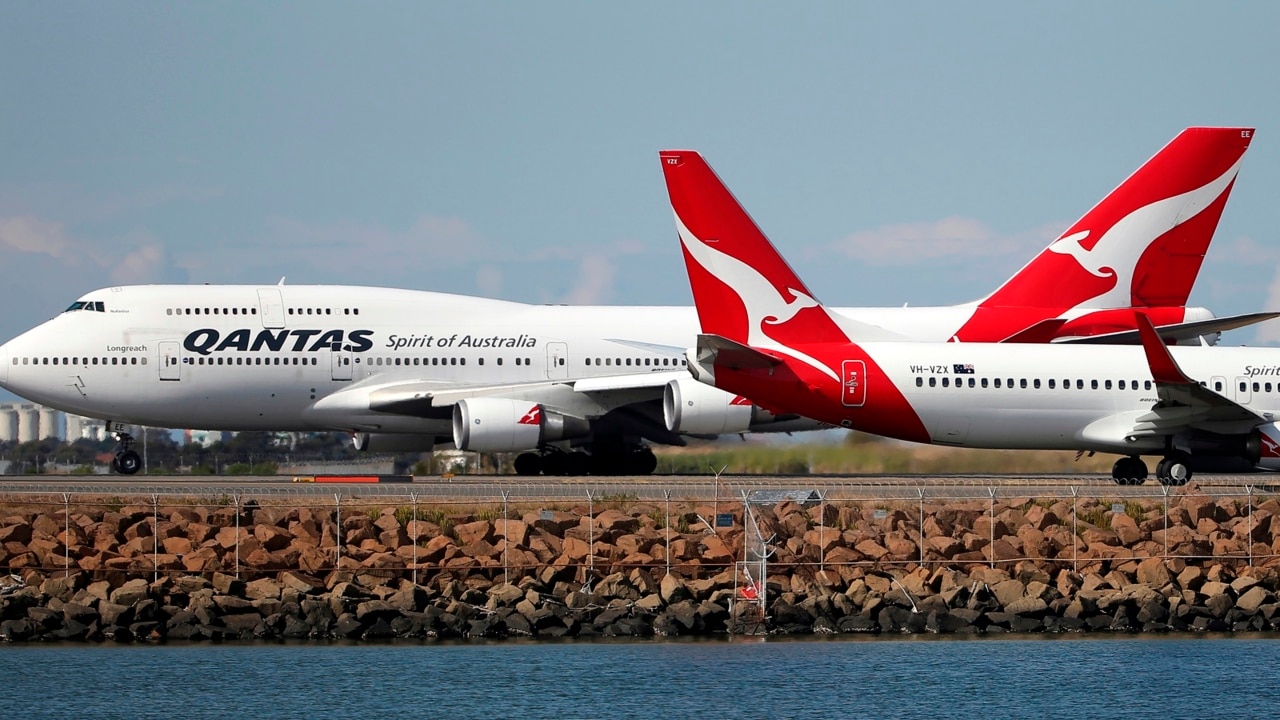
Business
Don't miss out on the headlines from Business. Followed categories will be added to My News.
A monster profit upgrade by Qantas shows an airline well advanced in its recovery from the pandemic, but the challenge now for chief executive Alan Joyce is to bring passengers along for the ride.
The carrier will roar back to profit within two months as it draws a line under billions of dollars of pandemic-linked losses with its domestic planes full as passengers catch-up on travel following Covid-19 hits.
This is a major moment for Qantas which only 12 months ago still had thousands of staff stood down; had no international flights; had been sitting with high levels of debt; and was navigating a patchwork of state border closures and Covid-19 entry restrictions. Go back a little earlier into the pandemic and the airline was quietly considering bankruptcy as one of its options given the deeply uncertain outlook.
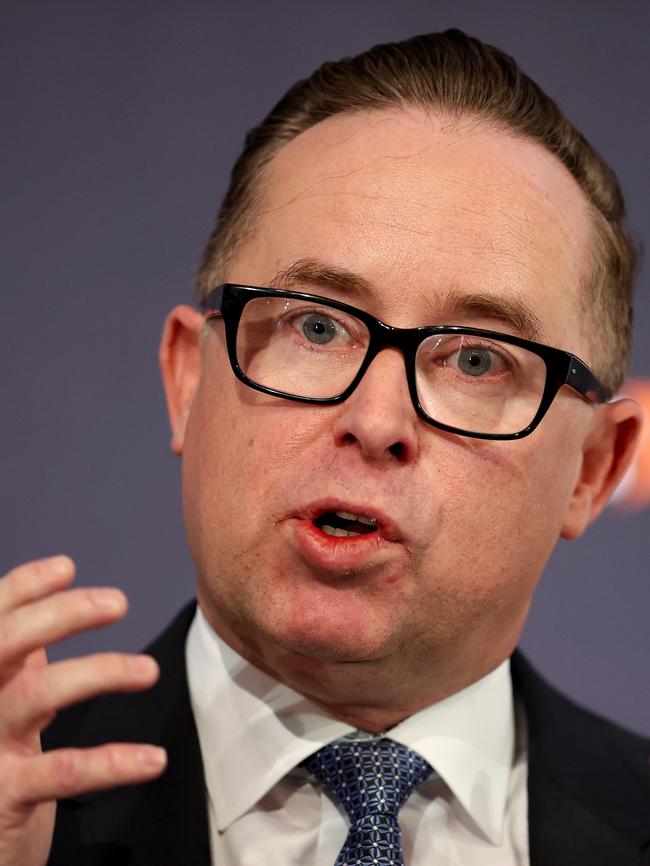
But after a substantial back-end rebuild under Joyce through the Covid-19 years, including the removal of $1bn in annualised costs, Thursday’s earnings upgrade shows a new, leaner airline taking flight.
Having won over investors, Joyce now needs to rebuild faith with passengers. Qantas executives acknowledge along with all airlines around the world, the customer experience during the recovery has fallen short.
Joyce is now tipping an underlying pre-tax profit of between $1.2bn and $1.3bn for the December half. To put this in perspective market analysts were forecasting Qantas would deliver a $1.5bn underlying profit for the entire financial 2023 year. A 12 per cent Qantas share price jump early Thursday in the midst of a downbeat market shows how investors had been caught off guard by the recovery.
At the same time Qantas is on track to shave more than $2bn off its debt pile over two years, a move that repairs its once brittle balance sheet just as borrowing costs are rising. Remarkably this repayment has put debt levels below the airline’s own long-term average.
The sheer size and the pace of the recovery meant Qantas couldn’t wait until its annual meeting early next month which is the traditional forum for a first quarter update, issuing the upgrade just weeks after releasing its annual accounts.
New challenge
But the profit upgrade continues the parallel story for Qantas. The first is one of a tarnished public perception of lost luggage, delays and cancellations as it restarted operations. The other story is one of a model financial recovery for an airline that was in serious trouble due to an unprecedented external shock.
The board, led by Richard Goyder, is acutely aware of this and has recut bonus payments for Joyce and his executive team for the coming year which means they now have more at risk depending on customer satisfaction.
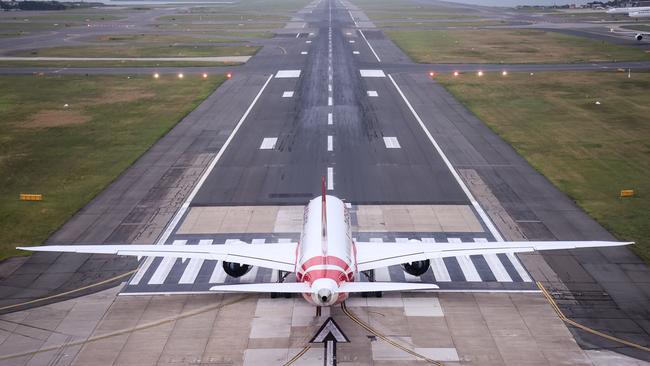
Qantas had already set itself a test of the September school holidays season to get back to a normal operating rhythm. The period was busy with Qantas carrying 1.6 million passengers over several weeks and despite some bumps – including the grounding of several Jetstar planes due to a shortage of minor spare parts – the system overall coped. On time performance moved back from the 60 per cent level to the 70 per cent mark while overall cancellations fell to 1.7 per cent, it needs to keep building on reliability heading into summer.
The wave of cash flowing back to Qantas will reinforce perceptions among customers that shareholders have been the net beneficiaries of a recovering industry and this is the issue that Joyce now faces. It is also about walking a straight line with staff, with Qantas keen to secure support for a new wages deal for 20,000 employees in the face of the tightest jobs market for years.
On Thursday, the airline upped its annual wage increase from 2 per cent to 3 per cent on the back of a two year freeze in wages. It is on top of cash incentives and long term share award and extension of travel benefits for staff.
Qantas will argue that without earnings sustainability there would be no airline and that’s why getting it on the right financial track quickly had been necessary.
For customers Qantas is budgeting $200m in over rostering because curveballs, including Covid-19-linked illnesses are still happening. And like all industries, the process of getting delivery of the day-to-day, but specialised parts from wiring to windscreens needed to keep an aeroplane running remains painfully slow. This was exposed in recent weeks when the main manufacturer that previously made a relatively small but key part needed to get a grounded Jetstar 787 in Hawaii back in the air had no longer been making them after they had switched to supplying the booming car manufacturing industry during the Covid-19 years.
A big chunk of that $200m is for keeping several planes on standby, including an international 787, which can be dispatched in the case the operational aircraft is grounded. All this will feed into operational consistency and for Qantas the hope is a lift in customer satisfaction measured by net promoter score.
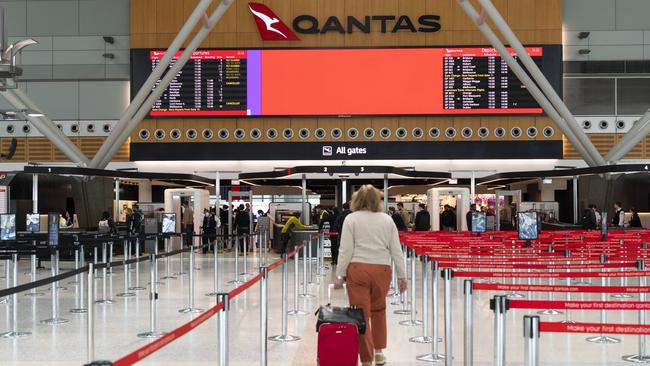
Headwinds
Qantas is now set to emerge from Covid-19 as a leaner, more efficient airline. The uncomfortable truth being that the past few years gave it room to re-engineer operations, including cutting 8000 jobs and slashing costs. It has pulled inefficient aircraft including older 747s from service and reconfigured the international aircraft. It is running less flights meaning the planes are fuller and there is little appetite in the market for a costly price war.
It’s arguable that it went too far in some areas with 3,600 recruited since mid-last year and most of these coming in the past six months. At the same time a pared-back rival in the form of Virgin has seen both Qantas and its Jetstar brand increase market share.
With the financial hit of Covid-19 further behind it, it’s not all clear skies for the carrier with the Australian dollar forecast to remain lower for longer which pushes up costs and oil prices to hold persistently high, particularly while OPEC keeps a firm hand on production. There is the prospect of another curveball in the form of a Covid-19 wave this December as the northern hemisphere winter closes in.
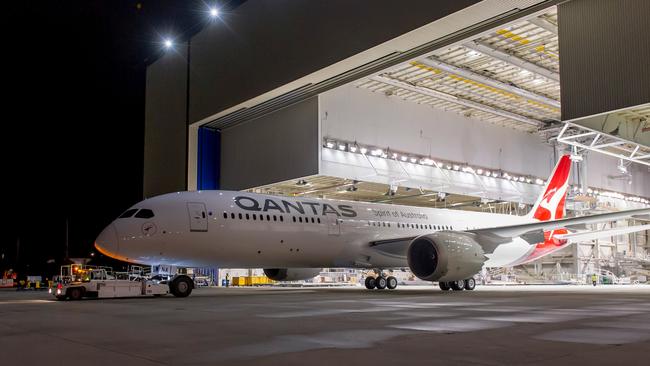
Add to this there is the prospect that higher interest rates will sharply slow Australia’s economic growth. And while it may miss falling into a recession the slowdown will impact all important demand for business travel. There are already signs of softness with domestic capacity in the coming year of 97 per cent from pre-Covid levels expected to be slightly softer than previous guidance and international capacity slipping back to 69 per cent of pre-Covid levels.
Qantas points out fuel prices are now around 75 per cent higher than pre-Covid-19, compared with around 60 per cent in August 2022, although higher ticket prices are holding.
Beyond Covid these are everyday operational headaches that all airlines face. And Qantas has years of experience in being buffeted by higher fuel prices and currency.
But currency and oil swings are everyday operational issues that all airlines face. And Qantas has a long history in managing these headwinds, but guiding customers through its Covid rebuild will take extra care.
johnstone@theaustralian.com.au
More Coverage
Originally published as Qantas reboot takes flight from pandemic as CEO Alan Joyce faces new set of challenges





